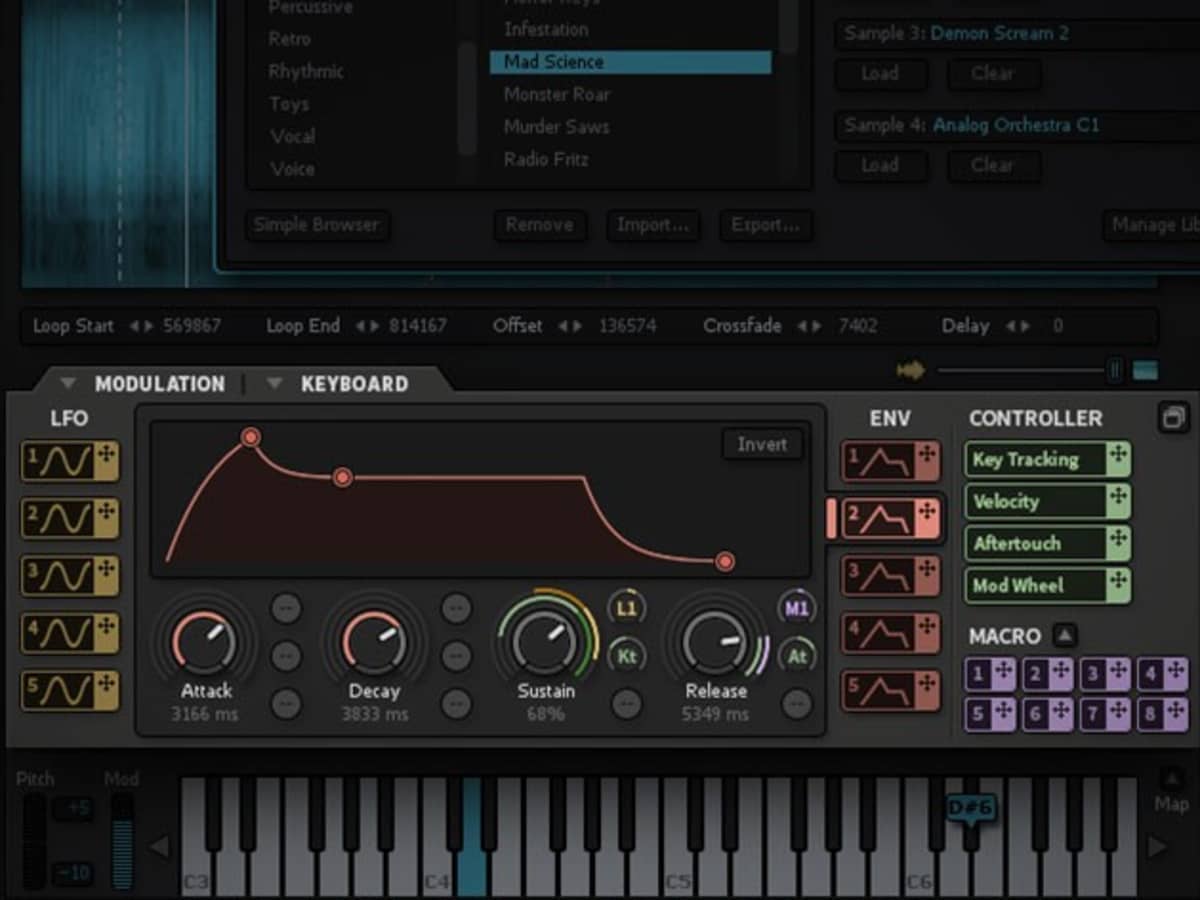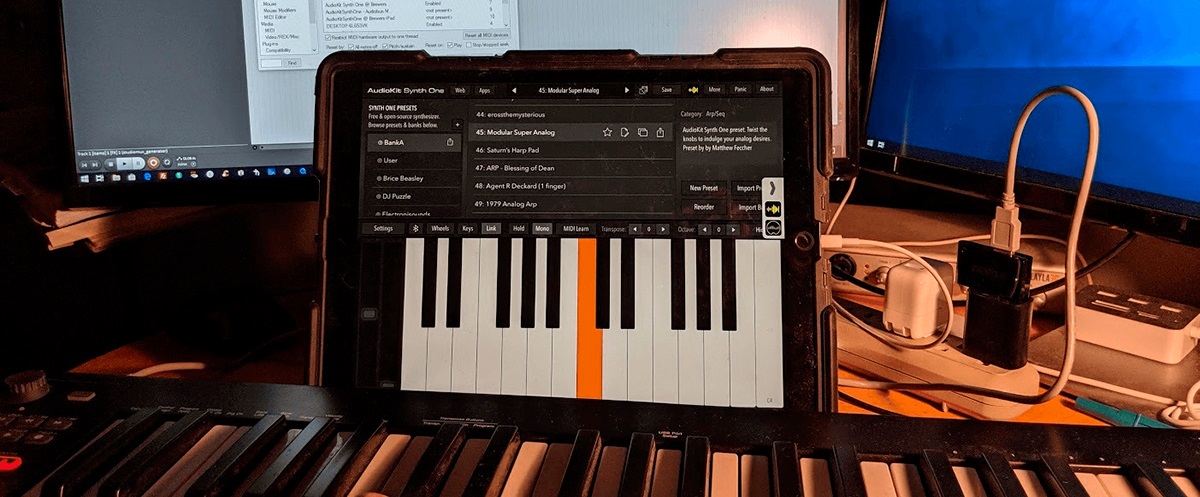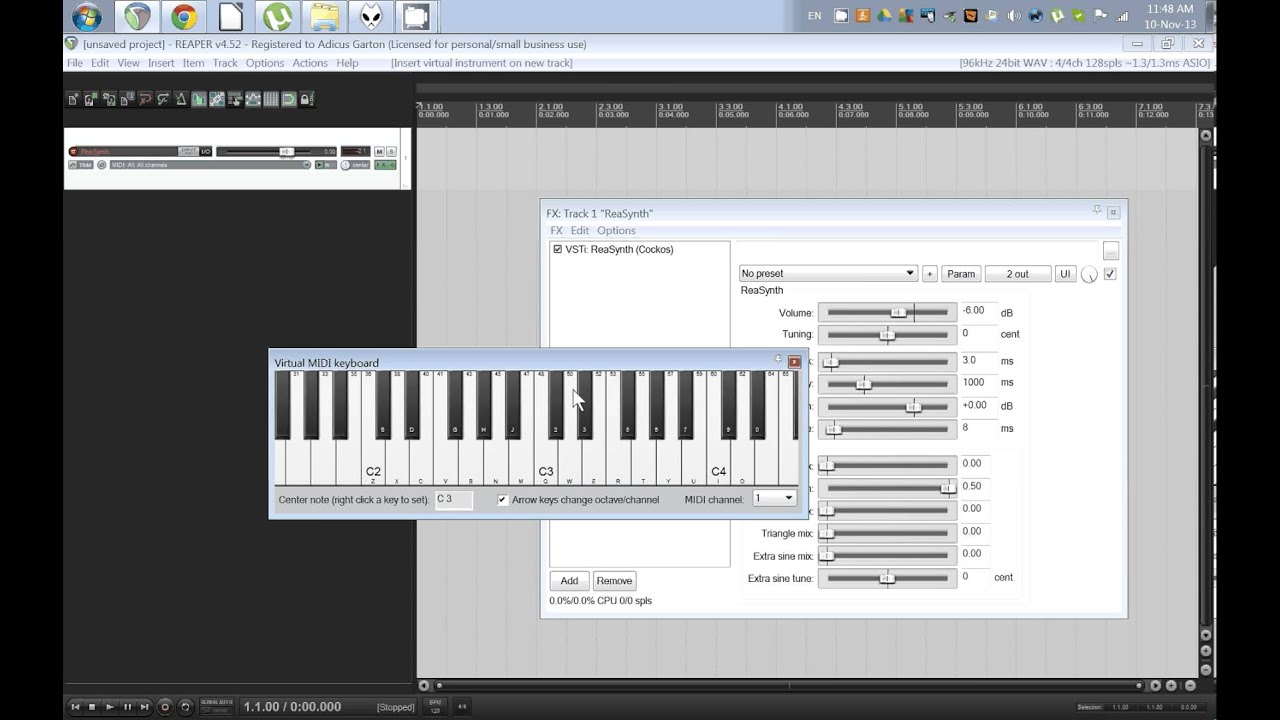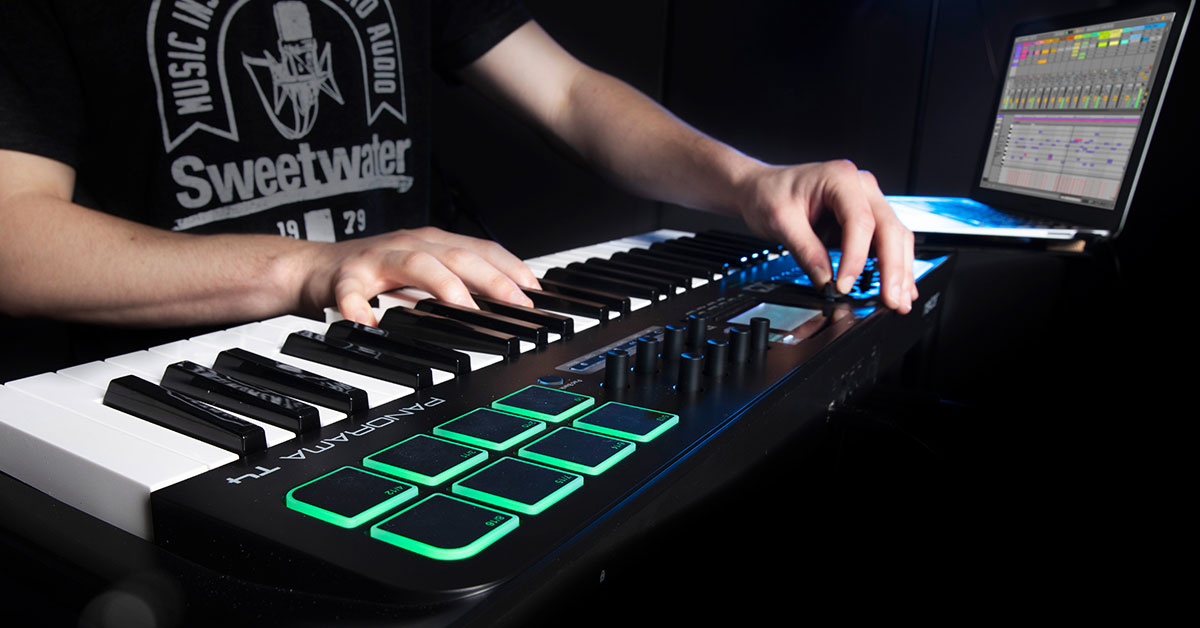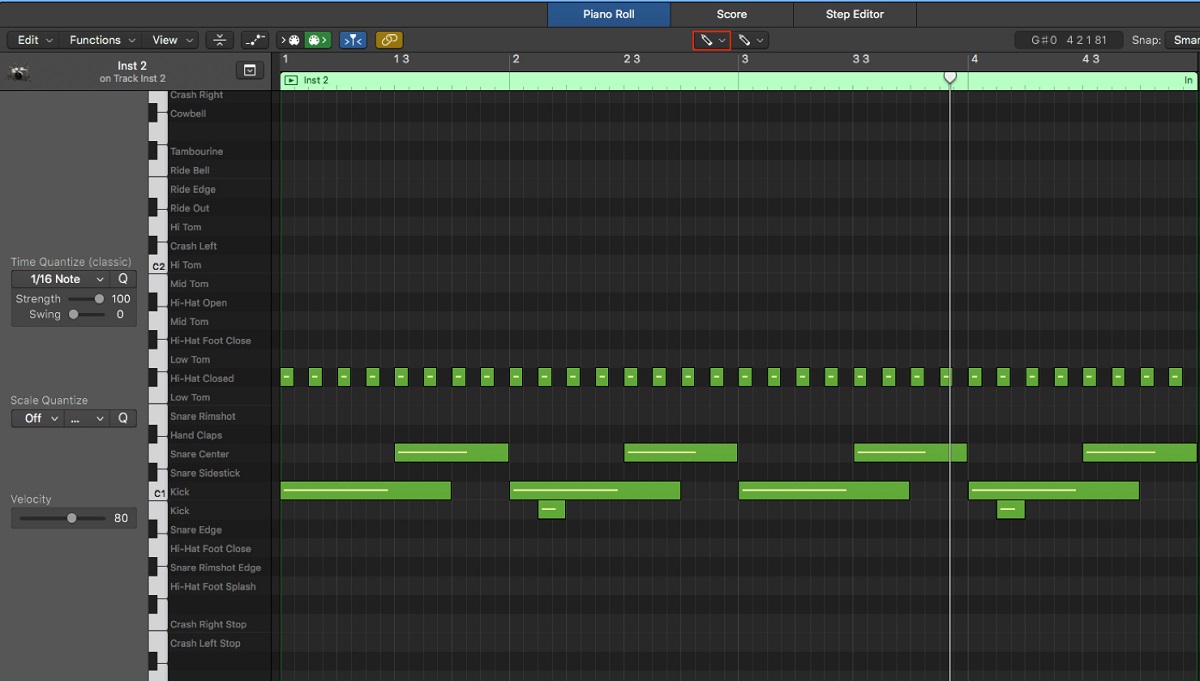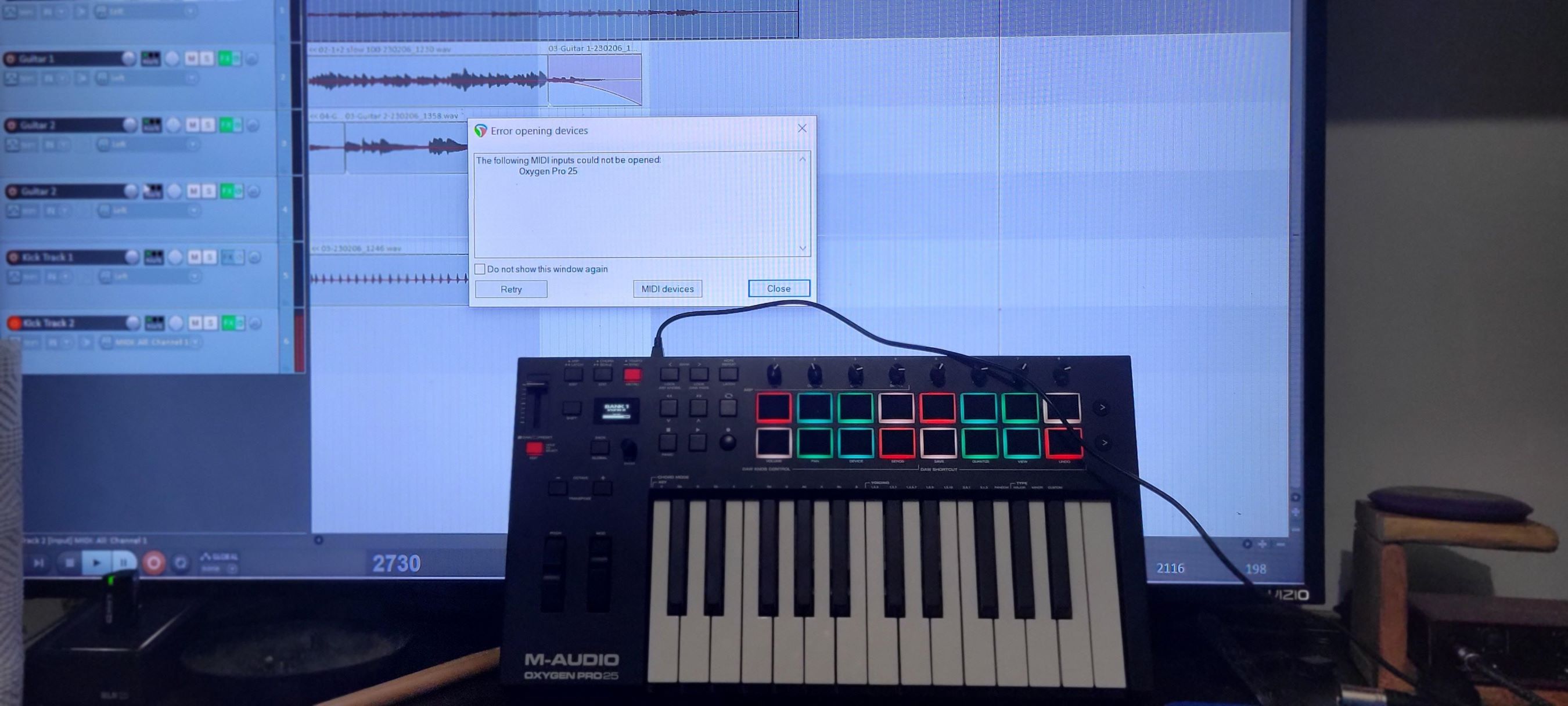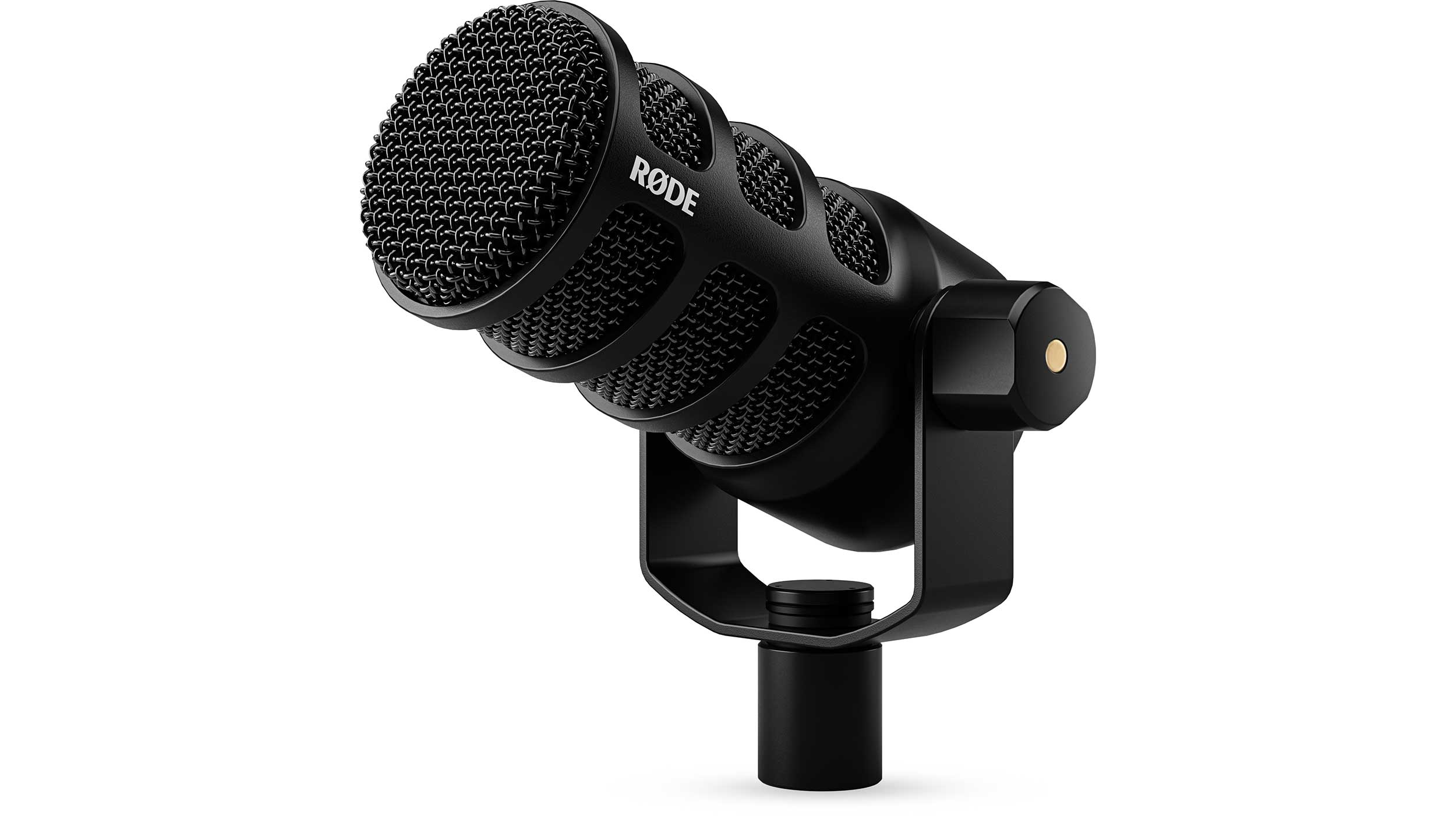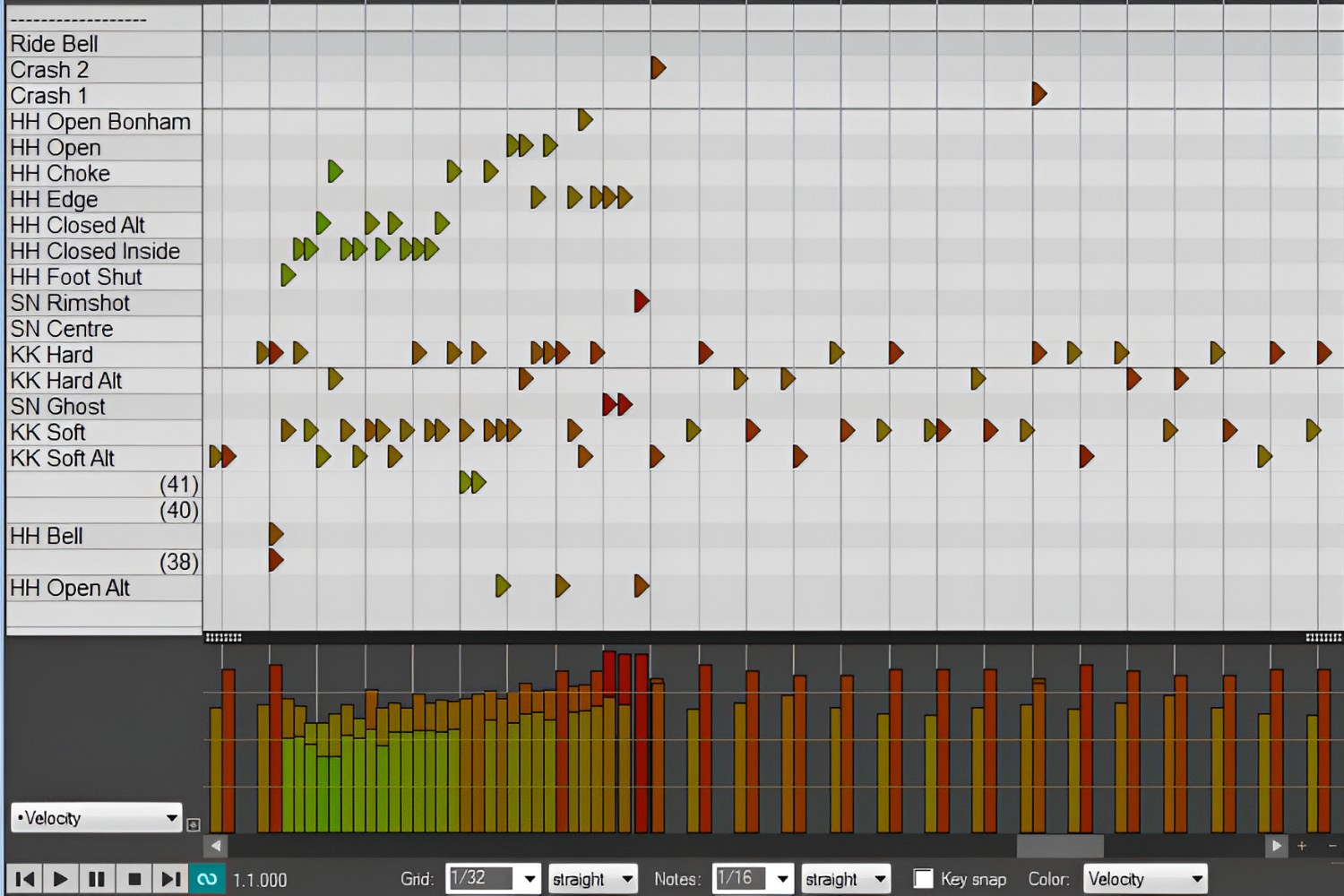Introduction
Introduction
So, you've got your MIDI keyboard all set up, eager to start creating music in Reaper, but for some reason, the software doesn't seem to recognize your device. Frustrating, isn't it? Well, fear not, as we're here to guide you through the troubleshooting process and help you get your MIDI keyboard up and running smoothly in Reaper.
Reaper is a powerful digital audio workstation (DAW) known for its flexibility and extensive customization options. It supports a wide range of MIDI controllers, including keyboards, making it a popular choice for musicians and producers. However, issues with MIDI keyboard recognition can arise due to various reasons, such as incorrect settings, faulty connections, driver issues, or compatibility issues.
In this guide, we'll walk you through the essential steps to troubleshoot and resolve the issue of Reaper not recognizing your MIDI keyboard. Whether you're a seasoned music producer or a beginner just diving into the world of digital music creation, understanding how to configure and troubleshoot MIDI devices in Reaper is crucial for a seamless and enjoyable music-making experience.
Let's dive into the troubleshooting process and get your MIDI keyboard working harmoniously with Reaper.
Checking MIDI Connections
Before delving into complex software configurations, it’s crucial to ensure that the physical connections between your MIDI keyboard and your computer are properly established. Here are the steps to check your MIDI connections:
- USB or MIDI Cables: If your MIDI keyboard connects via USB, ensure that the cable is securely plugged into both the keyboard and your computer. If you’re using traditional MIDI cables, make sure they are connected to the appropriate MIDI interfaces or audio interfaces on both ends.
- Power Supply: If your MIDI keyboard requires external power, verify that it’s properly connected and turned on. Some keyboards may not function solely on USB power, so this step is crucial.
- Driver Installation: For USB MIDI keyboards, check if the necessary drivers are installed on your computer. Some keyboards require specific drivers to be installed before they can communicate effectively with your DAW.
Once you’ve verified the physical connections, restart your computer and your MIDI keyboard to ensure that any potential communication glitches are resolved. If the issue persists, proceed to the next section to configure MIDI settings in Reaper.
Configuring MIDI Settings in Reaper
Now that you’ve confirmed the physical connections, it’s time to ensure that Reaper is properly configured to recognize and communicate with your MIDI keyboard. Follow these steps to configure MIDI settings in Reaper:
- Accessing Preferences: In Reaper, navigate to the “Options” menu and select “Preferences.” This will open the Preferences window, where you can configure various settings related to MIDI devices.
- Configuring MIDI Devices: Within the Preferences window, click on the “MIDI Devices” tab. Here, you should see a list of available MIDI input and output devices. Ensure that your MIDI keyboard is listed and enabled as an input device. If it’s not listed, there may be an issue with the connection or driver installation.
- Setting MIDI Input: After confirming that your MIDI keyboard is recognized in the MIDI Devices list, you’ll need to specify it as the input device for your MIDI tracks. In the track view, locate the MIDI track you want to use with your keyboard, and in the track’s routing options, select your MIDI keyboard as the input device.
- Monitoring MIDI Input: To verify that Reaper is receiving input from your MIDI keyboard, enable monitoring on the MIDI track. When you play notes on the keyboard, you should see activity in the track’s input meter. If there’s no activity, double-check the MIDI input settings and connections.
Once you’ve configured the MIDI settings in Reaper, attempt to play your MIDI keyboard and verify that Reaper is receiving the input correctly. If you encounter any issues or if Reaper still doesn’t recognize your MIDI keyboard, proceed to the next section to troubleshoot potential driver-related issues.
Troubleshooting Driver Issues
Driver issues can often be the culprit when your MIDI keyboard is not being recognized by Reaper. Here’s how to troubleshoot potential driver-related problems:
- Driver Installation: If your MIDI keyboard requires specific drivers, ensure that they are correctly installed on your computer. Visit the manufacturer’s website to download the latest drivers compatible with your operating system.
- Driver Compatibility: Verify that the installed drivers are compatible with your operating system and Reaper. Incompatibility between the drivers and your system or DAW can lead to recognition issues.
- USB Port and Power: If your MIDI keyboard connects via USB, try using different USB ports on your computer. Sometimes, USB ports can experience connectivity issues. Additionally, ensure that your keyboard is receiving power if it relies on an external power source.
- Driver Updates: Check for any available updates for the drivers of your MIDI keyboard. Manufacturers often release driver updates to address compatibility and performance issues.
If you’ve gone through these troubleshooting steps and the issue persists, it’s advisable to reach out to the manufacturer’s support for further assistance. They may provide specific guidance tailored to your MIDI keyboard model and can offer additional troubleshooting steps to resolve driver-related issues.
Verifying MIDI Keyboard Compatibility with Reaper
Ensuring that your MIDI keyboard is compatible with Reaper is crucial in resolving recognition issues. Here’s how to verify the compatibility:
- Check Manufacturer Specifications: Refer to the documentation or the manufacturer’s website to confirm that your MIDI keyboard is listed as compatible with Reaper. Manufacturers often provide a list of supported DAWs for each MIDI keyboard model.
- Driver Updates: Ensure that you have the latest drivers for your MIDI keyboard installed. Manufacturers frequently update drivers to enhance compatibility with various software, including DAWs like Reaper.
- Community Forums and Resources: Explore online forums and communities dedicated to music production and Reaper. Other users may have encountered similar compatibility issues with your specific MIDI keyboard model and can offer valuable insights and solutions.
If, after confirming compatibility and updating drivers, your MIDI keyboard still isn’t recognized by Reaper, consider reaching out to the Reaper community or the manufacturer’s support for additional guidance. They may have specific recommendations or workarounds to address compatibility issues and ensure seamless integration with Reaper.
Conclusion
Resolving MIDI keyboard recognition issues in Reaper can be a complex process, often involving a combination of hardware and software configurations. By systematically checking MIDI connections, configuring settings in Reaper, troubleshooting driver issues, and verifying compatibility, you can significantly improve the chances of getting your MIDI keyboard to work seamlessly with the software.
It’s important to approach the troubleshooting process patiently and meticulously, as issues with MIDI recognition can stem from various sources. Additionally, staying informed about the compatibility of your MIDI keyboard with Reaper and seeking assistance from the community or the manufacturer’s support can provide valuable insights and solutions.
Remember, the goal is to create a smooth and productive music-making experience, and with persistence and the right troubleshooting approach, you can overcome the challenges of MIDI keyboard recognition in Reaper. By following the steps outlined in this guide and leveraging available resources, you can enhance your understanding of MIDI integration with Reaper and enjoy a seamless music production workflow.
Now, armed with the knowledge and troubleshooting techniques, you’re well-equipped to tackle MIDI recognition issues and unleash your creativity with your MIDI keyboard in Reaper.









